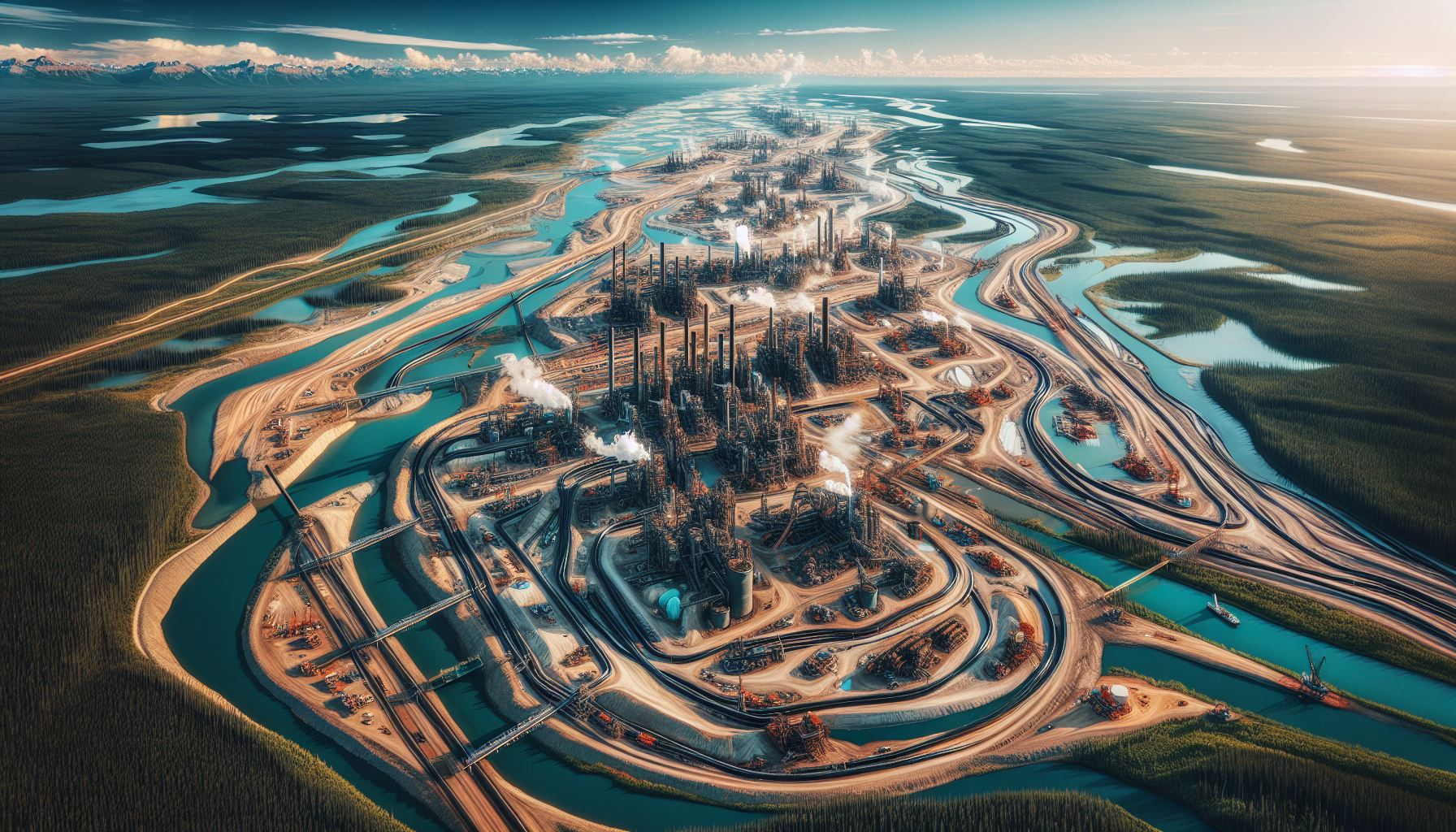The Complexity of the Canadian Oil Sands In Full Detail
What are the Oil Sands?
- A Unique Resource: The Athabasca oil sands (or tar sands) are located primarily in northern Alberta, Canada. They consist of a mixture of sand, clay, water, and bitumen– a heavy, viscous form of petroleum.
- Vast Reserves: The oil sands hold an estimated 164 billion barrels of oil, making Canada one of the world’s largest oil reserve holders.
- Extraction Challenges: Unlike conventional oil that flows freely, extracting oil from the sands requires energy-intensive processes. Open-pit mining or in-situ (underground) techniques are used.
The Economic Argument
- Major Industry: The oil sands are a significant economic driver in Canada, particularly in Alberta, providing jobs, investment, and revenue.
- Exports & GDP: Oil is Canada’s largest export, with much of it derived from the oil sands. This contributes substantially to the country’s GDP.
- Global Energy Demand: Supporters argue the oil sands are essential for meeting rising global energy needs, particularly during times of political instability in other major oil-producing regions.
The Environmental Concerns
- Greenhouse Gas Emissions: The extraction and processing of oil sands produce significantly higher greenhouse gas emissions than conventional oil, worsening climate change.
- Land Disturbance: Open-pit mining leaves behind vast tailing ponds and disrupts ecosystems and vast swaths of boreal forest.
- Water Usage & Contamination: The oil sands industry consumes large amounts of water and risks contamination of freshwater sources.
Social & Political Debate
- Indigenous Rights: Oil sands development impacts the lands and traditional territories of Indigenous communities, raising concerns about treaty rights and environmental stewardship.
- Jobs vs. Environment: The oil sands create a tension between economic development and environmental protection, prompting political debate and differing ideologies.
- Pipeline Controversies: Proposed pipeline projects aiming to transport oil sands crude to markets and ports face strong opposition due to environmental and Indigenous rights concerns.
The Path Forward: Innovation & Regulation
- Reducing Emissions: Technological innovations are being explored to reduce the greenhouse gas intensity of oil sands operations.
- Reclamation Efforts: Companies are legally mandated to reclaim disturbed lands, but the effectiveness and long-term success of these efforts are debated.
- Balancing Act: The Canadian government must seek a balance between the economic benefits of the oil sands and the need to address environmental concerns and transition to a low-carbon future.
The oil sands remain a highly contentious topic in Canadian society and globally. Understanding the complexity of this issue is crucial for participating in informed discussions about Canada’s energy future and environmental responsibilities.


Dan -
Good article. Too bad this liberal government and Justin Trudeau don’t realize that the oil sands in Alberta is why Canada is considered a rich country.